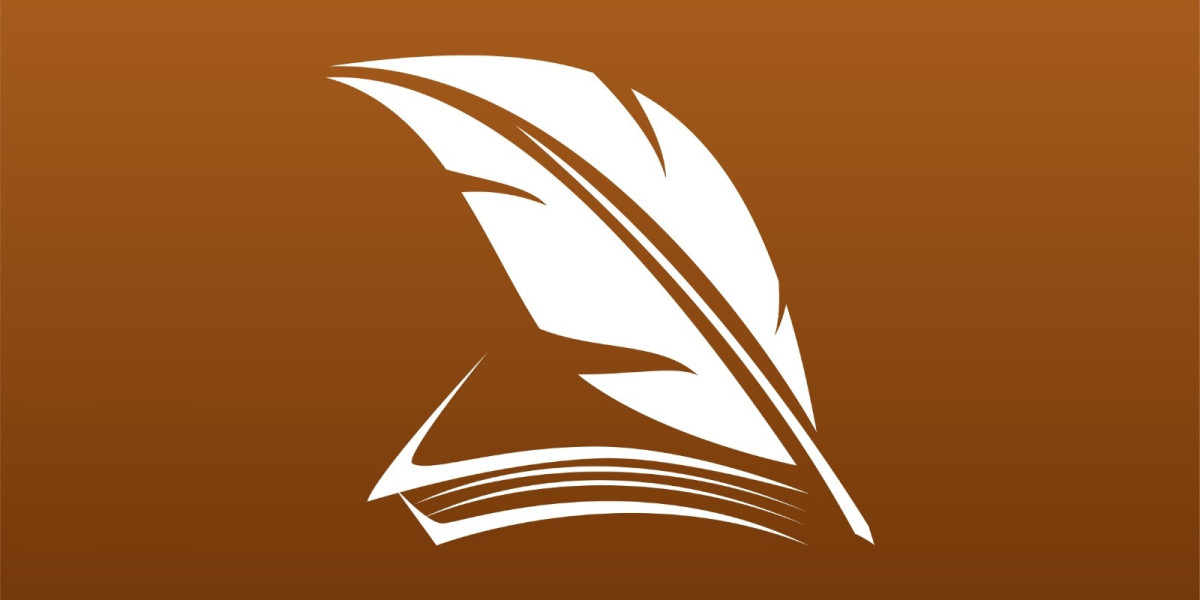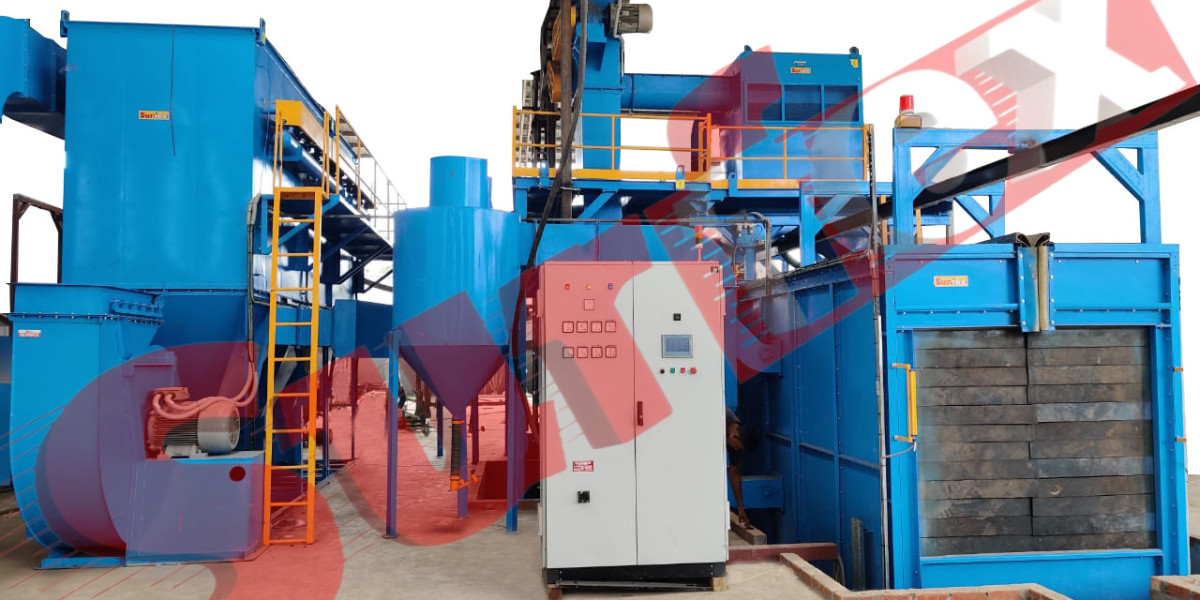Traditional Publishing
Traditional publishing has long been seen as the gold standard in the book world. In this model, an author submits a manuscript to a literary agent or publisher. If accepted by a publishing house like Penguin Random House, HarperCollins, or Hachette, the publisher takes over the production, distribution, and marketing of the book. The author typically receives an advance and earns royalties based on sales.
Pros of Traditional Publishing:
- Industry Expertise: Traditional publishers provide access to professional editors, designers, and marketing teams to ensure your book reaches its full potential.
- No Upfront Costs: The publisher bears all costs associated with producing, marketing, and distributing the book, so the financial risk is not on the author.
- Wide Distribution: Traditional publishers have strong distribution networks, meaning your book is likely to appear in major bookstores, libraries, and online retailers like Amazon.
Cons:
- Long and Competitive Process: Landing a traditional book deal is tough. Many authors face rejection, and even if accepted, the process can take years from submission to publication.
- Limited Creative Control: The publisher has the final say on key decisions like the cover design, title, and even some edits.
- Lower Royalties: Authors typically receive 10-15% royalties, and payments can take months or even years depending on the contract and sales.
Self-Publishing
Self-publishing has exploded in popularity thanks to platforms like Amazon Kindle Direct Publishing (KDP), IngramSpark, and Draft2Digital. This option allows authors to retain full control over their books, from writing and editing to design and marketing. Self-published books can be sold as e-books, print-on-demand paperbacks, and audiobooks.
Pros of Self-Publishing:
- Complete Creative Control: As a self-published author, you make all the decisions—from the cover design to pricing and marketing strategies.
- Higher Royalties: Depending on the platform, self-published authors can earn up to 70% royalties, which is significantly higher than traditional publishing.
- Faster Publication: Once your manuscript is ready, you can publish your book in a matter of days. This is ideal for authors who want to get their work out quickly.
Cons:
- Upfront Costs: You are responsible for covering costs like editing, cover design, and marketing. These can add up, especially if you want to produce a professional-quality book.
- Marketing is on You: Without the backing of a traditional publisher, you’ll need to invest time and money into promoting your book. Building an audience can be a slow and challenging process.
- Limited Bookstore Access: While online retailers like Amazon are a major platform for self-published books, it can be harder to get physical copies into brick-and-mortar stores.
Hybrid Publishing
Hybrid publishing is a relatively new model that blends elements of both traditional and self-publishing. In this arrangement, the author typically pays for services like editing, design, and marketing, while the publisher handles production and distribution. Hybrid publishers like She Writes Press, Greenleaf Book Group, and others offer professional services but allow the author to maintain some creative input and receive higher royalties.
Pros of Hybrid Publishing:
- Professional Support: Like traditional publishers, hybrid publishers offer professional editing, design, and marketing services to ensure your book meets industry standards.
- Higher Royalties: Since you’re sharing the costs with the publisher, hybrid models often allow authors to retain a larger share of royalties.
- More Creative Control: Compared to traditional publishing, you’ll have more input into key decisions like cover design and marketing strategy.
Cons:
- Upfront Costs: Hybrid publishing requires a financial investment from the author, which can be substantial depending on the services you choose.
- Variable Quality: Not all hybrid publishers offer the same level of expertise. It’s crucial to research thoroughly to avoid low-quality service providers.
- Distribution Limitations: While hybrid publishers offer distribution, it may not be as extensive as traditional publishers’ networks, especially when it comes to physical bookstores.
Comparing Your Options
Choosing between traditional, self-publishing, and hybrid models depends on your goals as an author, your budget, and how much control you want over the publishing process. Here’s a quick breakdown of key factors to consider:
Creative Control: If maintaining full creative control is your priority, self-publishing or hybrid publishing is the way to go. Traditional publishers often take the lead on creative decisions.
Upfront Costs: Traditional publishing is the least expensive for authors since the publisher covers all costs. However, both self-publishing and hybrid publishing require significant upfront investments for professional editing, design, and marketing.
Distribution: Traditional publishing offers the widest distribution opportunities, particularly in physical bookstores. Self-publishing and hybrid models rely heavily on online platforms for sales, though some hybrid publishers can get your book into physical stores.
Royalties: Self-published authors usually enjoy the highest royalties, followed by hybrid publishers. Traditional publishing offers lower royalties but provides the benefit of professional backing.
Conclusion
With so many options available, book publishing services in USA is more accessible than ever. Whether you choose the prestige of traditional publishing, the autonomy of self-publishing, or the balance of hybrid models, each path offers unique opportunities. The key is to identify your goals—whether you prioritize creative control, distribution reach, or financial investment—and choose the model that aligns best with your vision for your book.
Whichever route you take, the journey to getting your book published is an exciting and rewarding experience. Armed with the right knowledge, you’ll be well-equipped to make your publishing dreams a reality.








